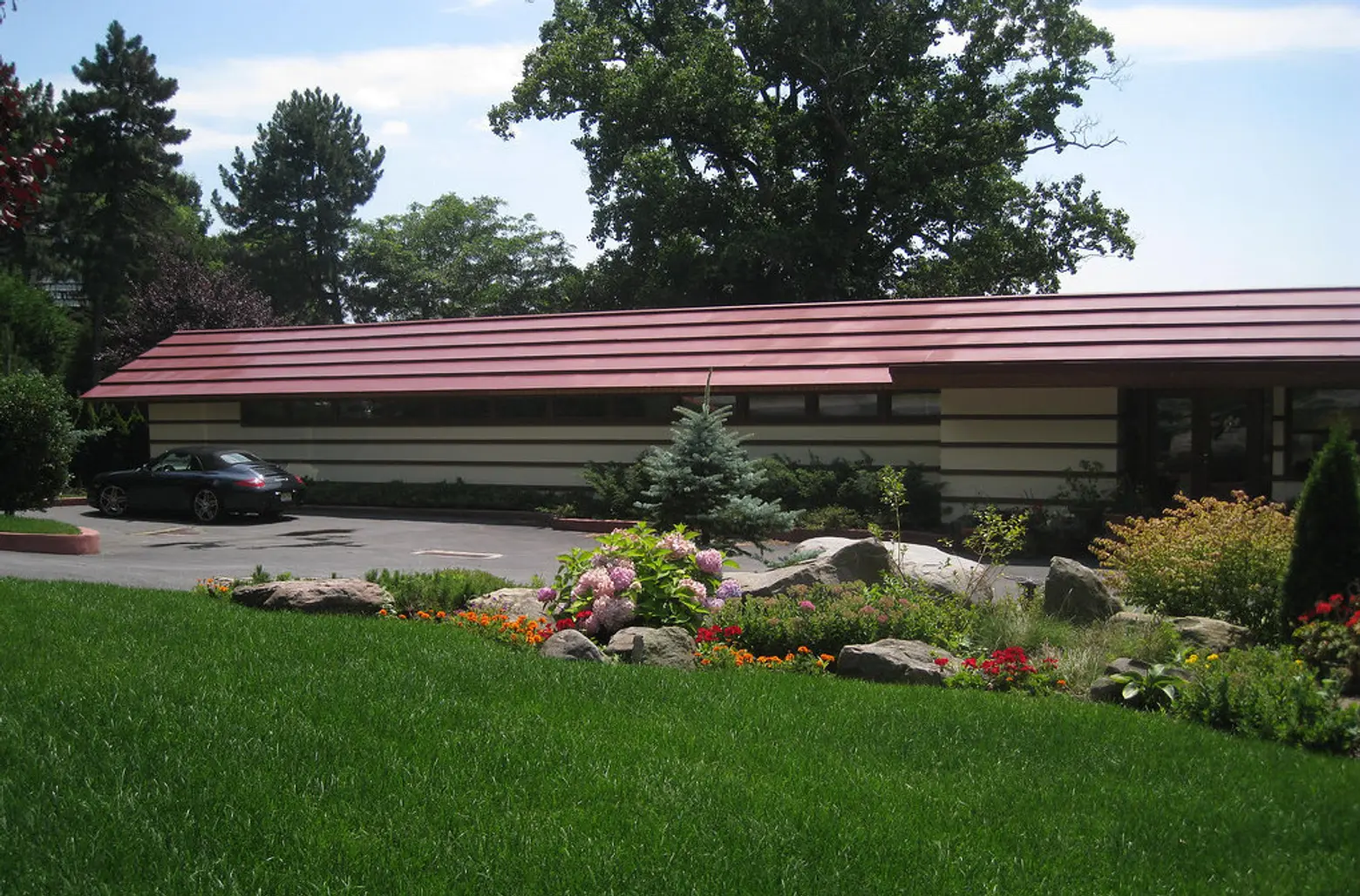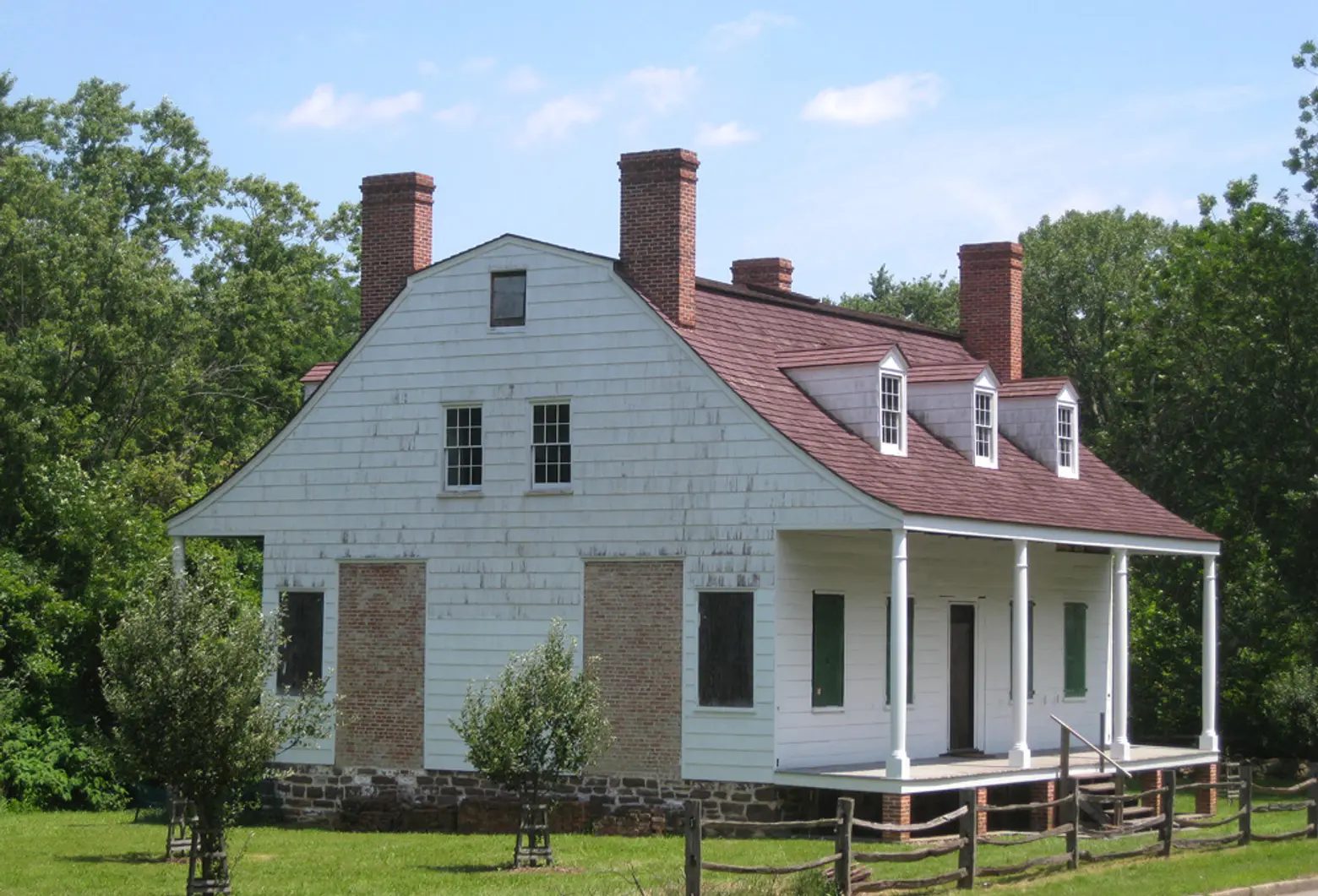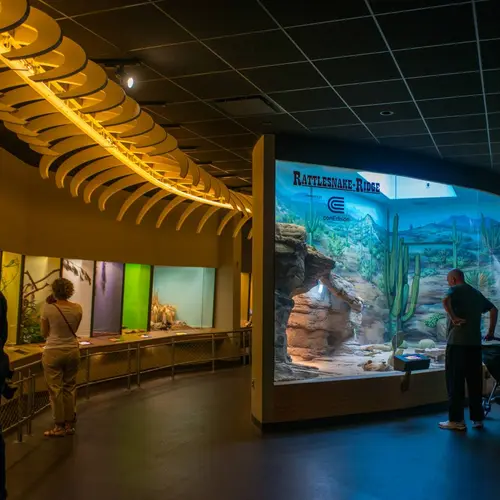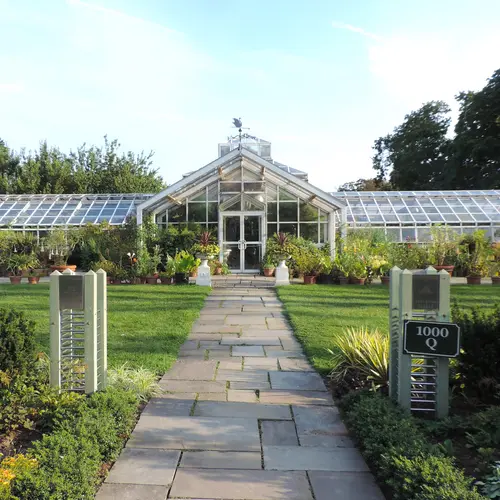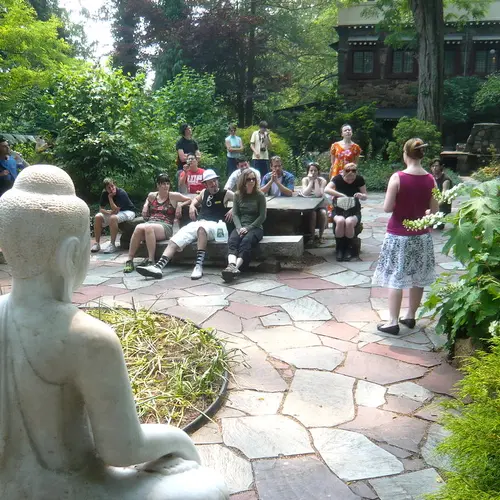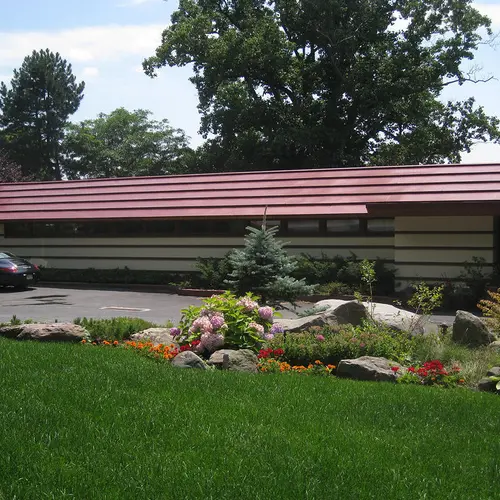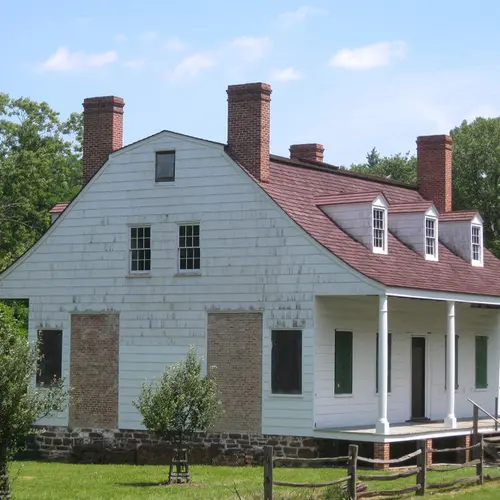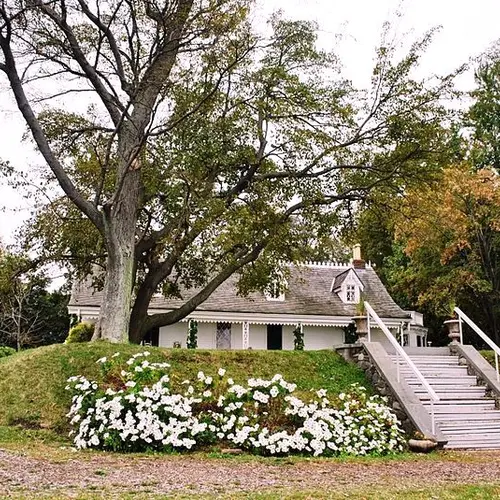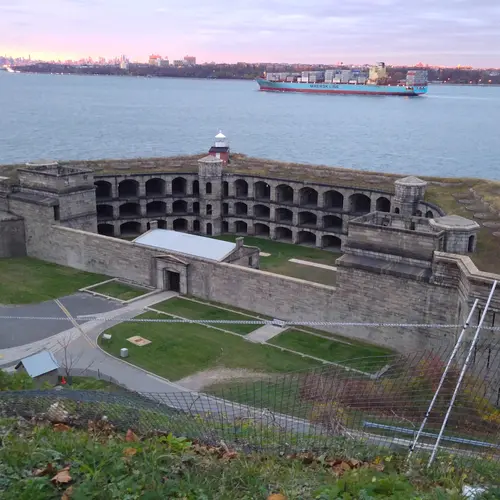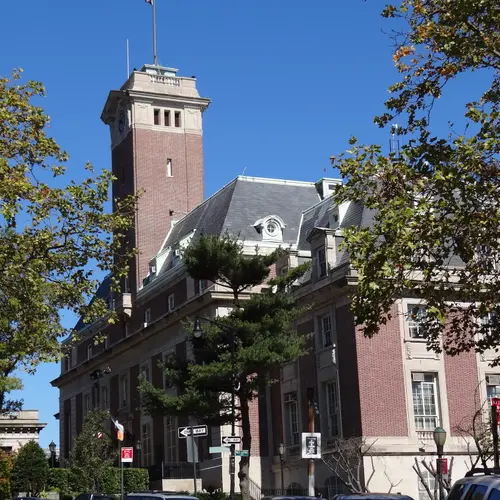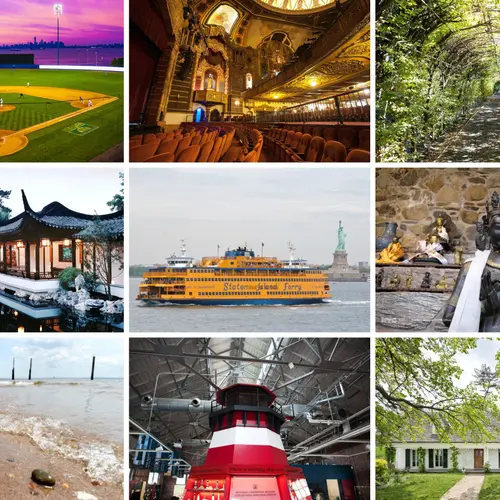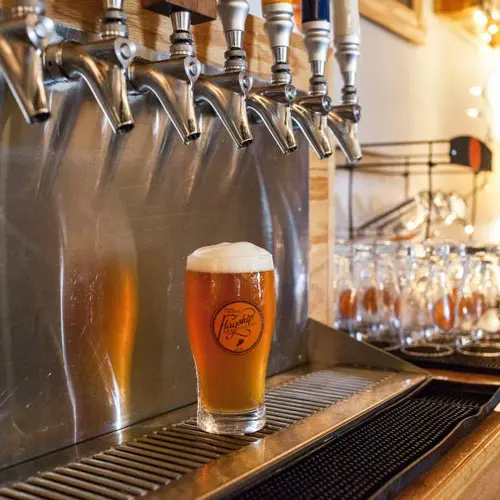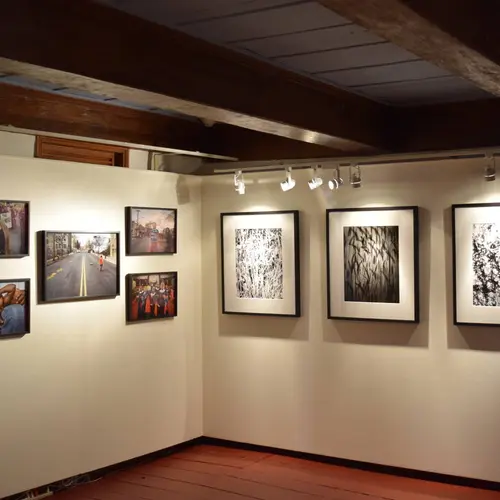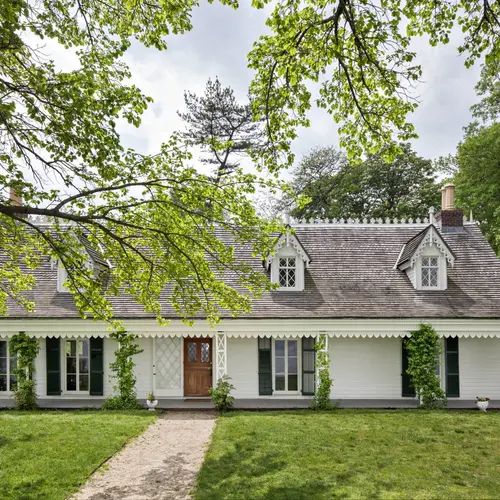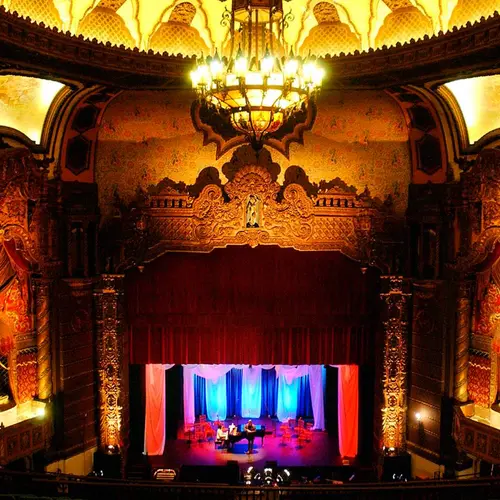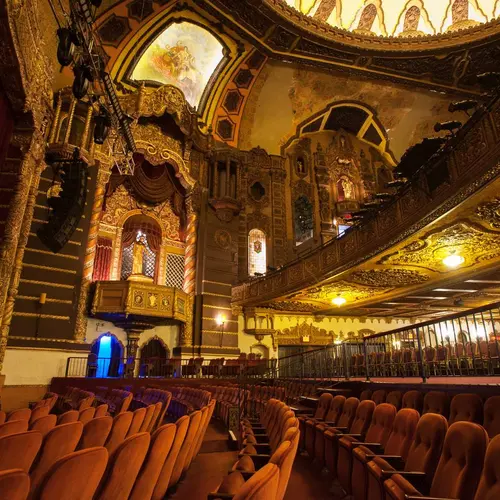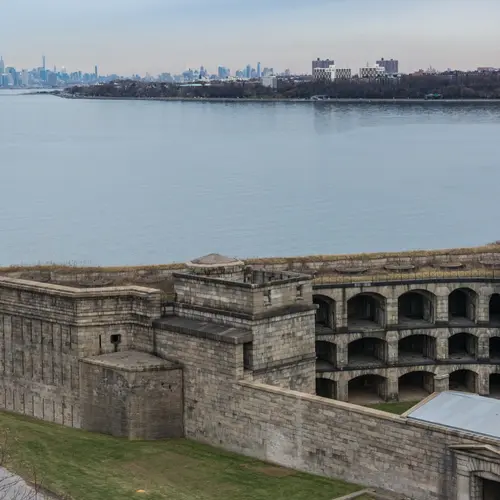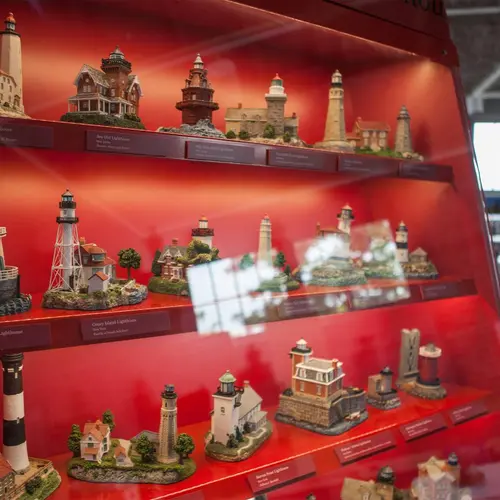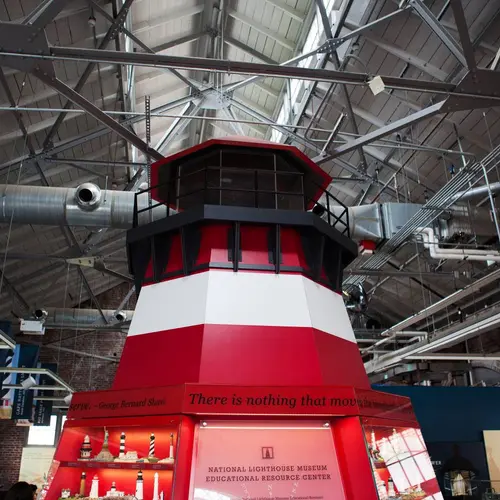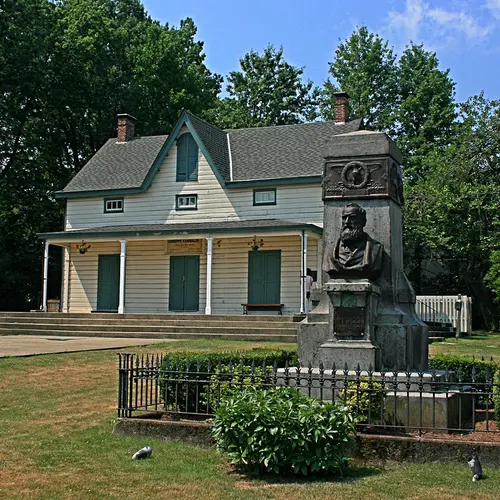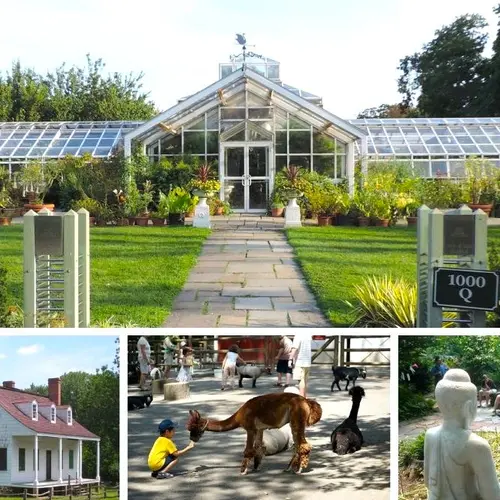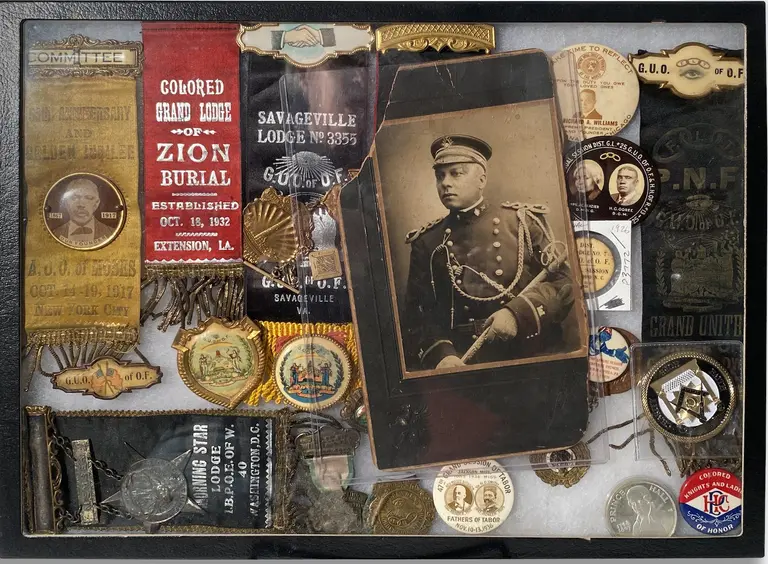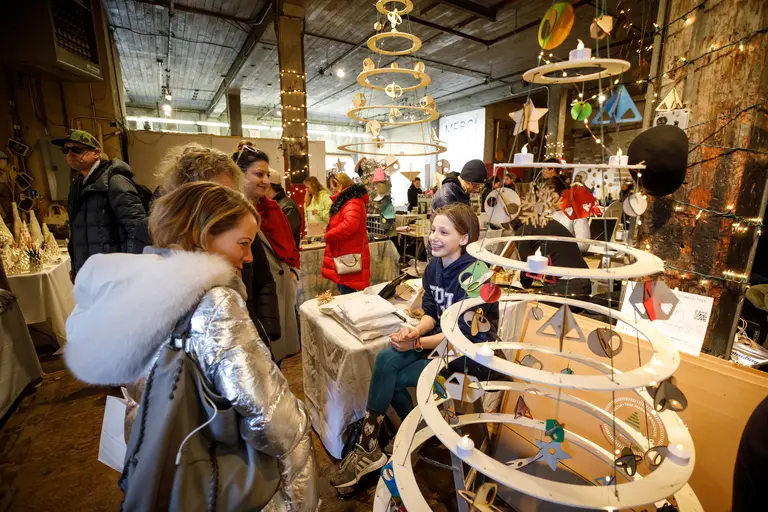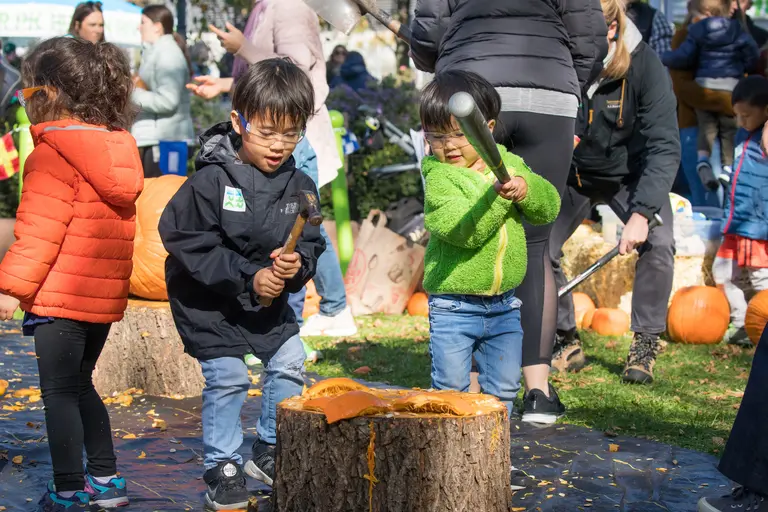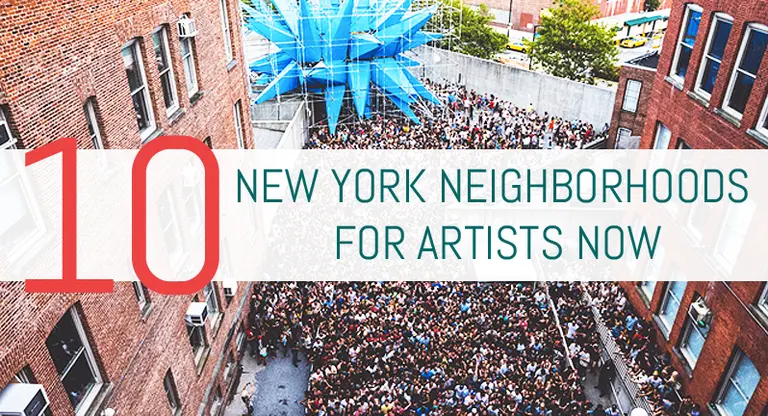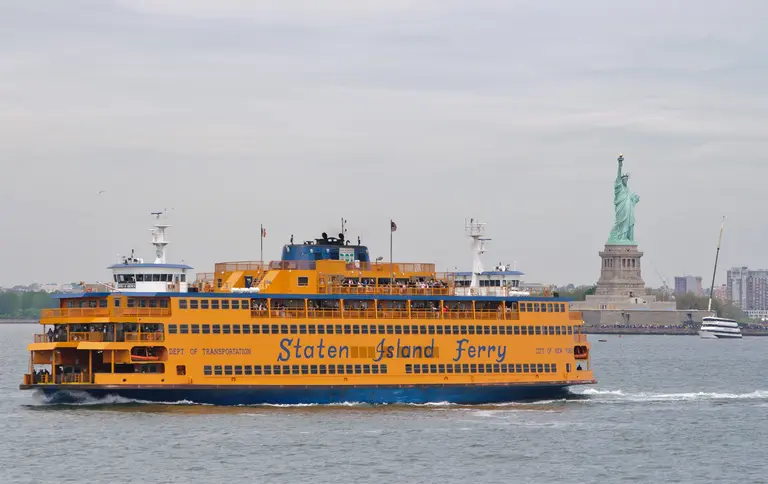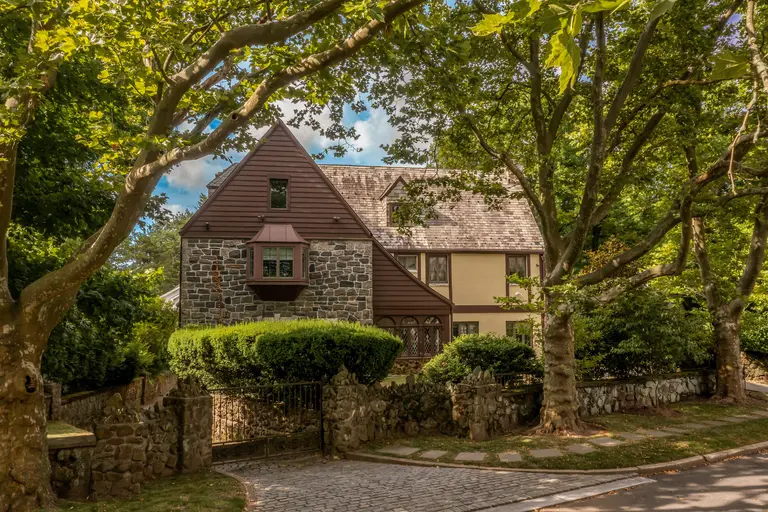15 must-see attractions and adventures on Staten Island
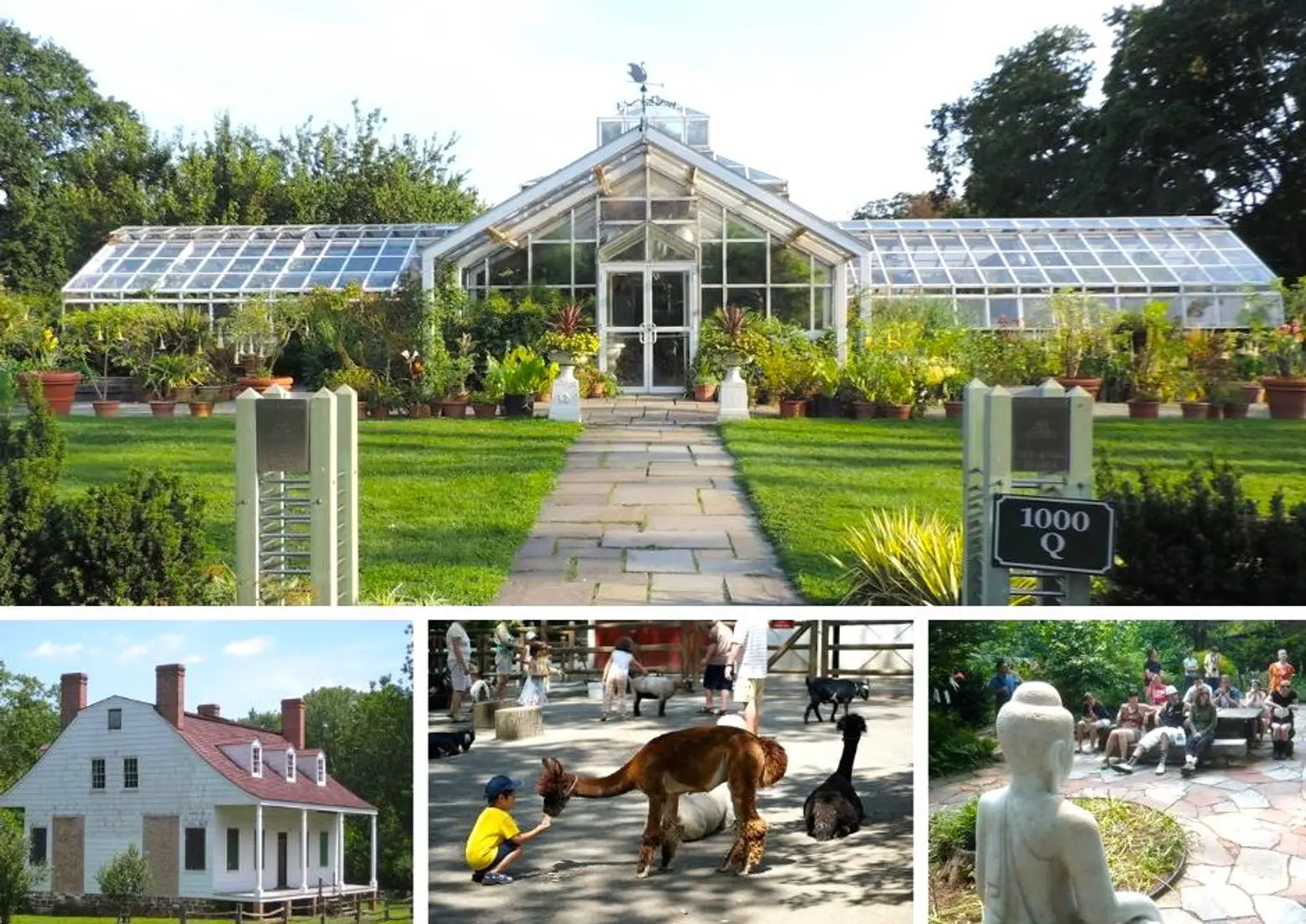
With major developments underway, Staten Island is slowly losing its nickname as the “forgotten borough.” While projects like Empire Outlets, the Bay Street Corridor rezoning, and the expansion of the former Stapleton homeport hope to revitalize the borough with new residential and commercial space, Staten Island already offers visitors a ton of unique attractions to explore. Just take the free Staten Island Ferry to discover the miles of coastline and 12,300-acres of parkland in the city’s greenest and least populated borough. For the best spots in the borough, follow 6sqft’s list ahead of the 15 most unforgettable attractions on Staten Island.
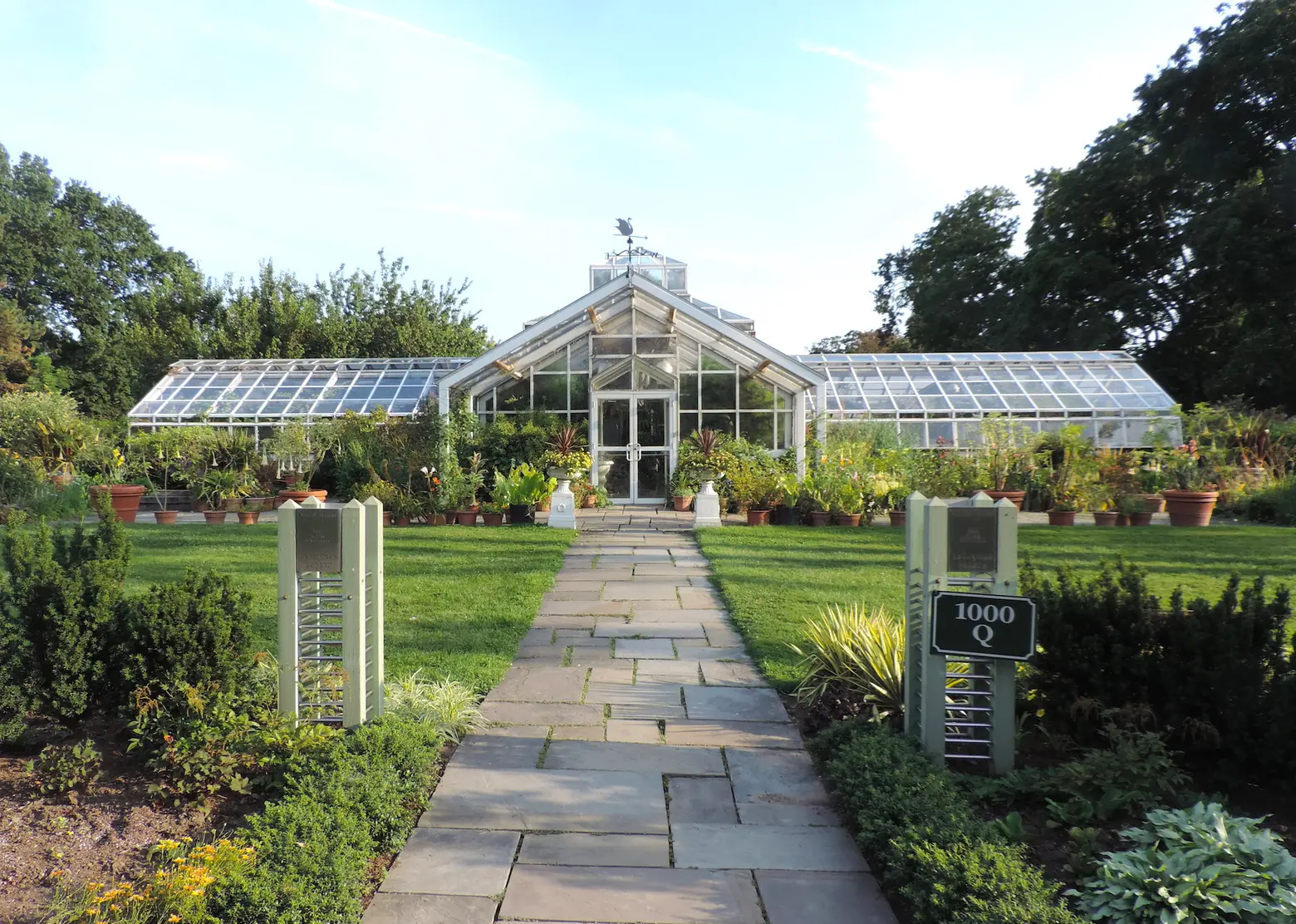
Photo by Jim Henderson on Wikimedia
1. Snug Harbor Cultural Center & Botanical Garden
Once a home for retired sailors, the Snug Harbor Cultural Center is now one the largest ongoing adaptive reuse projects in the United States. Found on Staten Island’s North Shore, just steps away from the ferry, the 83-acre park includes 23 historical buildings, nine botanical gardens and 10 acres of wetlands. Because of its Greek Revival, Beaux-Arts, Italianate and Victorian styled buildings, the center is considered the “crown jewel” of the borough.
Also known as the Sailors’ Snug Harbor, the center first opened in 1833 for seamen to live after their sea career was over. From 1867 to 1884, Captain Thomas Melville, retired sailor and brother of Moby-Dick author Herman Melville, became the governor of Snug Harbor. By the late 19th century, over 1,000 retired sailors lived there. After some major razing of historic buildings during the mid-20th century, the city’s Landmarks Commission saved some of them by designating them as landmark structures in 1965.
In 1976, the cultural center officially opened and later merged with the Staten Island Botanical Garden in 2008. As a Smithsonian affiliate, the center includes the Newhouse Center for Contemporary Art, the Noble Maritime Collection, Staten Island Children’s Museum, the arts school Art Lab and the Staten Island Museum. Best of all? Most of the attractions at the cultural center are free or accept donations as admission. The Newhouse Center and the New York Chinese Scholar’s Garden require admission, but both cost $5 for adults.

Richmond County Bank Ballpark, photo by Doug Kerr on Wikimedia
2. Staten Island Yankees
For baseball lovers looking for a ball game on a smaller, more affordable scale, head to the Richmond County Bank Ballpark to see the Staten Island Yankees. First formed in 1999, the minor league baseball team, nicknamed the “Baby Bombers,” is an affiliate of the New York Yankees. The team’s stadium sits along the waterfront in St. George and tickets are way cheaper than their older sibling in the Bronx, with day-of tickets at just $18.
While you won’t see Aaron Judge hit a monstrous home run, you may see prospective Yanks. Fan-favorites like Robinson Cano and Melky Cabrera all played for the Staten Island team before heading to the NY Yankees. Plan your next baseball outing and get tickets here, before the season is over.

Photo by ScubaBear68 on Flickr
3. Staten Island Zoo
The Staten Island Zoo, which first opened in 1936, is one of the only zoos in the country that has an educational mandate as part of its mission. While the zoo features over 1,500 species, the facility focuses on lectures and discussion groups about creatures and natural history. Plus, the zoo’s acclaimed Serpentarium has an extensive collection of rattlesnakes, with 22 different species. There’s also an aquarium with sharks and a moray eel and a rainforest with fruit bats and spider monkeys.
While this 80-acre zoo can’t compete with the massive Bronx Zoo, it’s much more affordable. Admission costs $10 for adults, $6 for children aged 3 to 14 years old and $7 for seniors 60 years and older. Find the zoo at 614 Broadway in West Brighton.
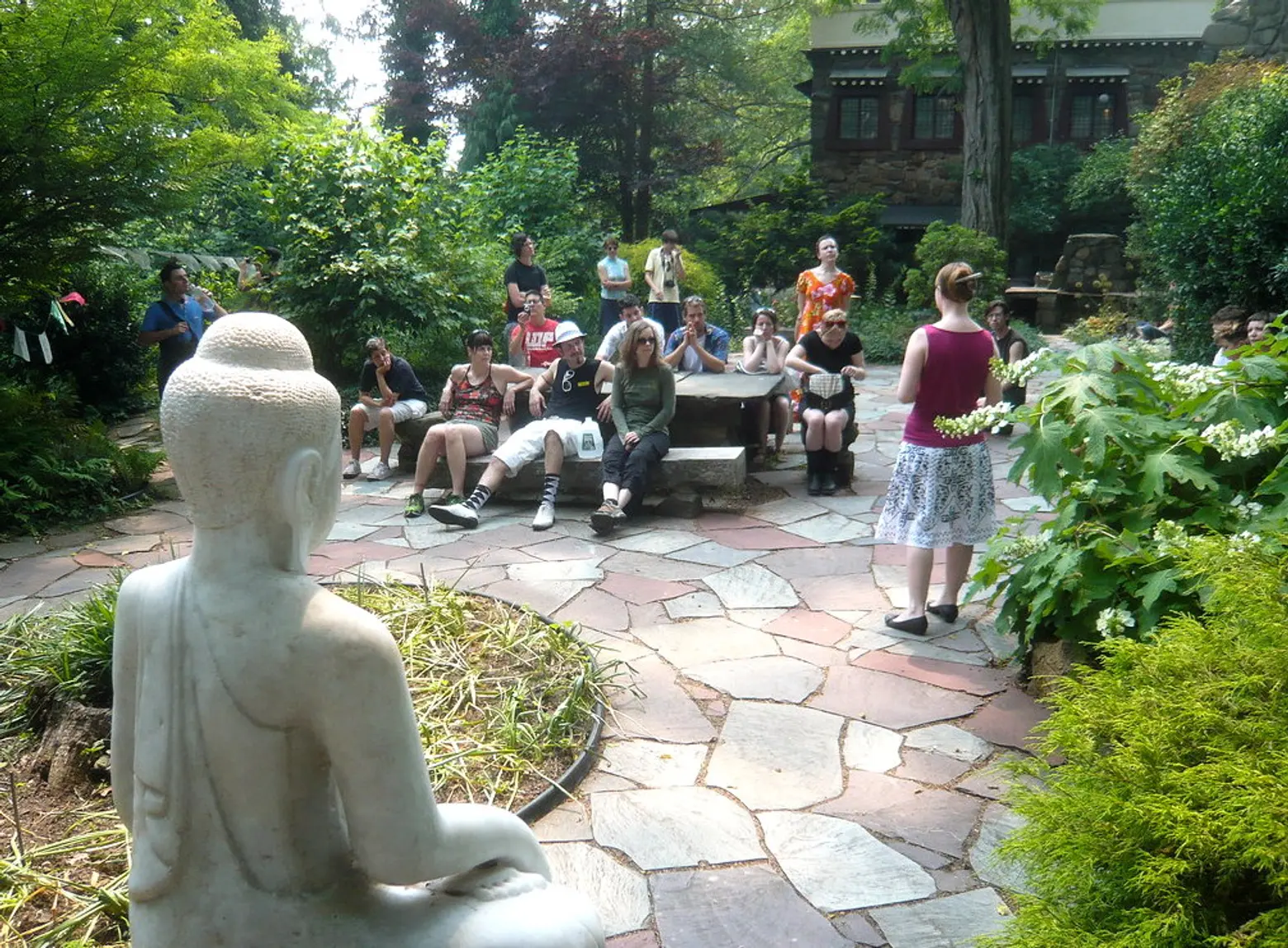 Jacques Marchais Museum of Tibetan Art, photo by Jason Eppink on Flickr
Jacques Marchais Museum of Tibetan Art, photo by Jason Eppink on Flickr
4. Jacques Marchais Museum of Tibetan Art
Did you know one of the most extensive collections of Himalayan artifacts is on Staten Island? At the Jacques Marchais Museum of Tibetan Art, located on residential Lighthouse Hill in the Egbertville neighborhood, museum-goers experience the art and culture of Tibet. Established in 1945 by Jacques Marchais, a collector of Tibetan art, the building resembles a Tibetan mountain monastery and was the first Himalayan style architecture built in the United States. Also, the tranquil landscape features a fish pond and meditation cells. In 2009, the site made the New York State Register and the National Register of Historic Places.
Visitors can explore Tibetan and Himalayan ritual objects, quiet meditation gardens, tai chi and meditation classes, as well as various special programs, like musical performances, lectures and crafts. The museum is only open every Wednesday through Sunday from 1 p.m. to 5 p.m., so plan ahead. For admission, adults pay $6 and seniors and students pay $4.
5. The Crimson Beech aka Cass House
Often overlooked, Staten Island is actually full of cultural surprises. Take the Crimson Beech, or Cass House, for example. Designed by the architectural mastermind, Frank Lloyd Wright, the home is the architect’s only freestanding structure outside of the Guggenheim found in NYC. As 6sqft previously covered, the Cass House was prefabricated in the Midwest and shipped to Staten Island for its owners, William and Catherine Cass, in 1959. While appearing to be a ranch-style home, it actually has two floors, with the second floor following the slope of the hill on which it’s constructed.
Before moving in, the Casses opened the home to the public charging $1 to check out the uniquely constructed pre-fab. In 1996, the home was sold to new owners. Fortunately, the home remains today because it became a New York City Landmark in August of 1990. But it is privately owned, so no tours are available currently.
6. Historic Richmond Town
Travel back to the 17th century at the Historic Richmond Town, a 100-acre living history village made up of more than 30 historic buildings over four different sites. Richmondtown, the area’s main site, served for nearly 200 years as the hub for government activity for Staten Island. After the borough became a part of New York City in 1898, politicians moved their offices north, situating themselves closer to Manhattan. After preserving the vacated buildings, the Staten Island Historical Society turned the complex into a museum and opened it to the public in 1935.
To fully experience what life was like on Staten Island hundreds of years ago, guides provide tours of fully furnished and restored homes and shops. The town features different special events and activities throughout the year, like quilting classes, pumpkin picking, candlelight tours, and more. Regular admission is $8 for adults, $6 for seniors & students and $5 for children aged 4-11 years old. Check out the calendar of events happening in Richmond Town here.
7. Enoteca Maria
Most of us have family recipes we associate fondly with our grandmothers. At a restaurant on Staten Island, Enoteca Maria, you explore the beloved, home-cooked dishes of grandmas outside of your own family and culture. The kitchen at Enoteca Maria is staffed with “nonnas,” which is Italian for grandmothers, from all over the world. After owner Jody Scaravella lost his mother in the early 2000s, he opened a restaurant with a kitchen run by Italian grandmothers to recreate the culinary culture he grew up around. By 2016, Scaravella was inviting grandmothers from different countries to cook at the restaurant.
To date, “Nonnas of the World” has hosted cooks from Italy, Japan, Syria, France, Bangladesh, Venezuela, Poland, Greece, Turkey, Liberia, Kazakhstan, the Dominican Republic, Czechia, Belarus, Pakistan and more. At any given time, two nonnas oversee the kitchen operations, one as the head chef, the other as the sous chef. The featured nonna of the day, along with their menu, can be found here. Plan your visit in advance; the restaurant, at 27 Hyatt Street, is open Wednesday through Sunday starting at 3 p.m. and it’s cash only.
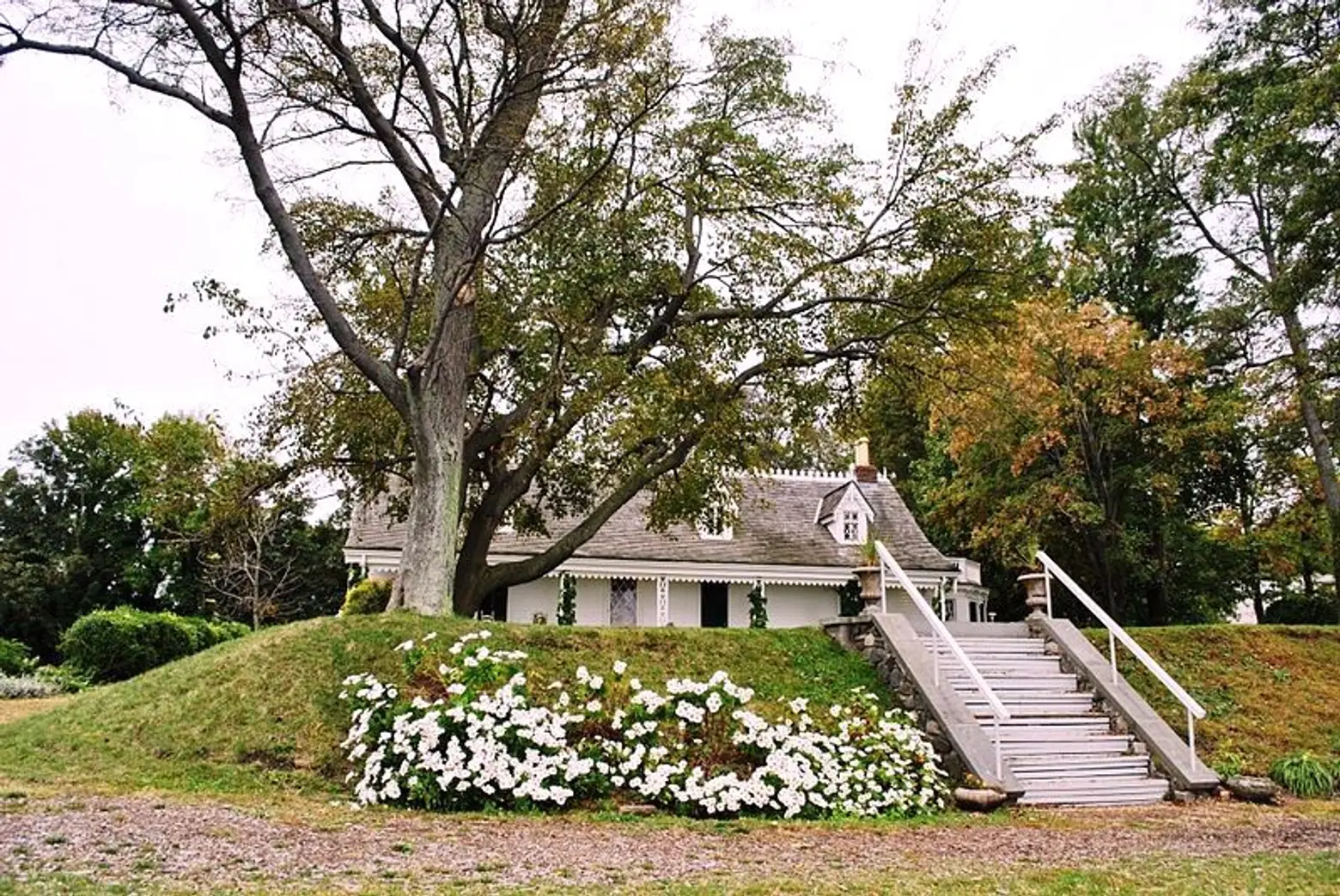
Photo by Elisa.rolle on Wikimedia
8. The Alice Austen House
The Alice Austen House honors pioneer photographer and feminist, Alice Austen, by showcasing her life and work through her photographs. Known originally as “Clear Comfort,” the house was first constructed in the 1690s as a one-room frame dwelling, but gradually expanded with various remodelings over the decades. Alice Austen’s grandfather spent over 25 years transforming the old farmhouse into the Victorian cottage that remains today. Architect James Renwick Jr. (of St. Patrick’s Cathedral) renovated the house, transforming the Dutch Colonial into a model of architectural romanticism.
Austen is best known for her prolific photography that offers an inside look into New Yorkers of the mid-19th century. She lived at the water-front Staten Island home for most of her life, with her lifelong companion, Gertrude Tate.
The museum, which was recently acknowledged as an official designation as an area of significance in LGBTQ history, can be found in the Rosebank section of Staten Island. It features ongoing exhibitions of Alice’s life and her work, as well as educational programs and public art events. Open Tuesday through Sunday, from 11 a.m. to 5 p.m., the museum asks for a $3 suggested donation for admission.
9. St. George Theatre
Like much of the buildings on Staten Island, the St. George Theatre has a longstanding, celebrated history. First opened by Solomon Brill of the Isle Theatrical Company in 1929, the St. George Theatre quickly became one of the most well-respected theaters in the city for its performances and its elaborate architecture and interior designs. Designed by Nestor Castro, a variety of Spanish and Italian Baroque styles are featured, including stained glass chandeliers, winding staircases and detailed mezzanine levels. Other unique details include murals, tiled fountains and sculptures throughout.
After several owners tried to reinvent the theater as a nightclub, roller rink and more, a non-profit saved the historic theater in 2004. Now, the historic theatre hosts local community events and performances by artists like Tony Bennett and Diana Ross and comedians Jerry Seinfeld and the late Joan Rivers.
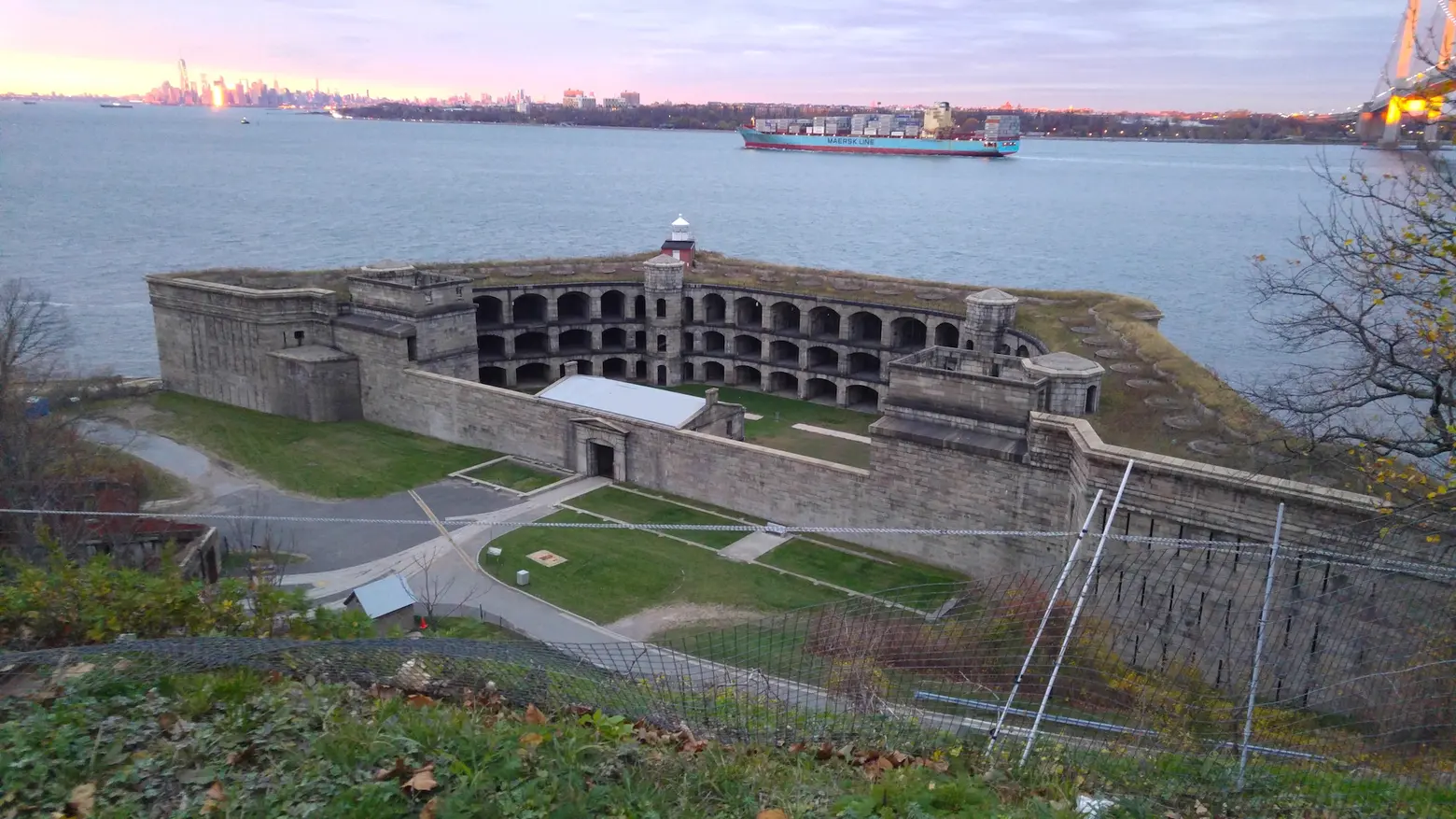
Fort Wadsworth, photo via Wikimedia
10. Fort Wadsworth
For that scenic, Instagram-worthy shot, head to Fort Wadsworth. Located on the west shores of the Narrows, the historic park formerly guarded the entrance to New York Harbor and Manhattan for over 200 years. Built in the late 17th century, the fort is considered to have the longest continuous military history in the United States and includes other smaller units like Fort Tompkins and Fort Richmond. The Fort honors Brigadier General James Wadsworth, who was killed in the Battle of the Wilderness during the Civil Water. As part of the Gateway National Recreation Area, the park is maintained by National Park Service.
Along with this rich history, Fort Wadsworth provides incredible panoramic views of the Harbor and the city. With 226 acres of land, visitors can have a picnic, bike along the trails, go fishing or just stroll on the boardwalk. Rangers from the NPS offer tours and various events, including hiking, moon lantern tours, and even concerts.
11. National Lighthouse Museum
Opening in 2015 to address the lack of educational resources about Staten Island’s nautical history, the National Lighthouse Museum can be found just a three-minute walk from the ferry’s St. George Terminal. The self-guided museum includes exhibits like the Wall of Lights, a display of over 160 miniature lighthouse models, various fog horns and sound signals and illuminants and optics. Private walking tours can be reserved but must be done so two weeks in advance. The small, informative museum is open Tuesday through Sunday and costs $5 for adults and free for children under 12 years old.
12. Lemon Creek Park
While Staten Island features many parks, Lemon Creek Park may be one of the few remaining in New York City that has a ground-level creek running through it. The body of water, Lemon Creek, empties into Prince’s Bay and is fed from a watershed that begins two-and-one-half miles from the creek. It travels over and underground to Lemon Creek, carrying it down Prince’s Bay and then ultimately ending up at the Raritan Bay. The park includes the Seguine Mansion, constructed in 1938 from the proceeds of oyster beds. In fact, discarded oyster shells still line the shores of this Staten Island community.
Home to migratory birds, the marshes of the parkland also attracts swans, mallard and black ducks, and monarch butterflies. For those interested in birdwatching, Lemon Creek Park is home to one of the only purple martin colonies in New York City. At the Lemon Creek fishing pier, visitors can fish for flounder, striped bass, bluefish and more. Known as a paradise for nature lovers, the 106-acre park has one of the largest salt marshes in the borough and is a designated “Forever Wild” nature preserve due to its great ecological value to New York City.
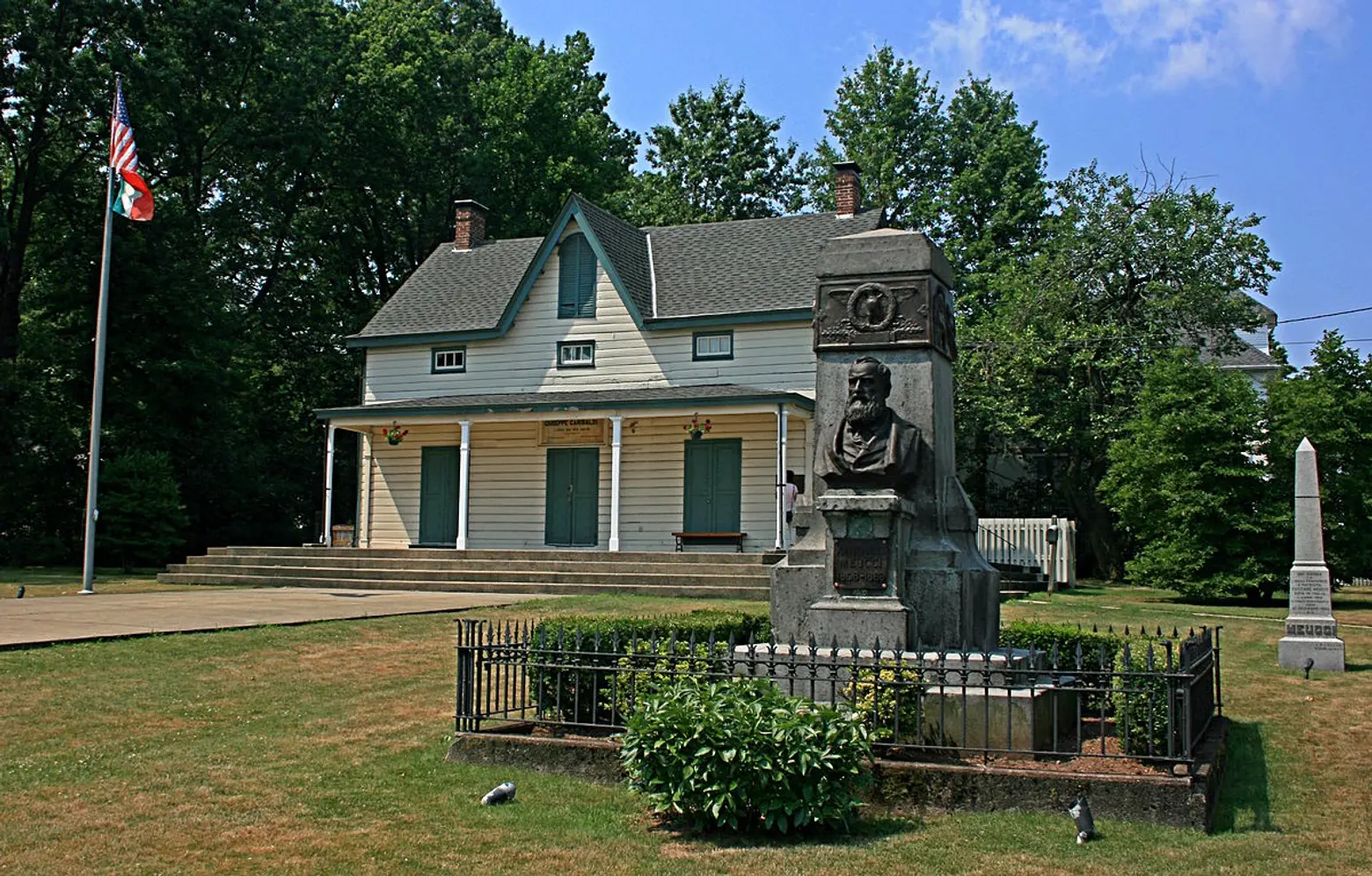
The Garibaldi-Meucci Museum photo by Rolfmueller via Wikimedia
13. The Garibaldi-Meucci Museum
Staten Island has a higher percentage of Italian Americans than any other county in the United States, with the South Shore reporting 75 percent of residents reportedly Italian. To connect with borough’s Italy-influenced culture, check out the Garibaldi-Meucci Museum, a Gothic Revival cottage from 1840, the former home of inventor Antonio Meucci and political leader Giuseppe Garibaldi. The museum, located in Rosebank, hopes to celebrate Italian-American heritage and culture and the lives of famed Italians, Garibaldi and Meucci. Operated by the National Order Sons of Italy Foundation, the site has been listed on the U.S. National Register of Historic Places since 1980. The museum offers cultural, art and educational programs in addition to tours Wednesday through Friday.
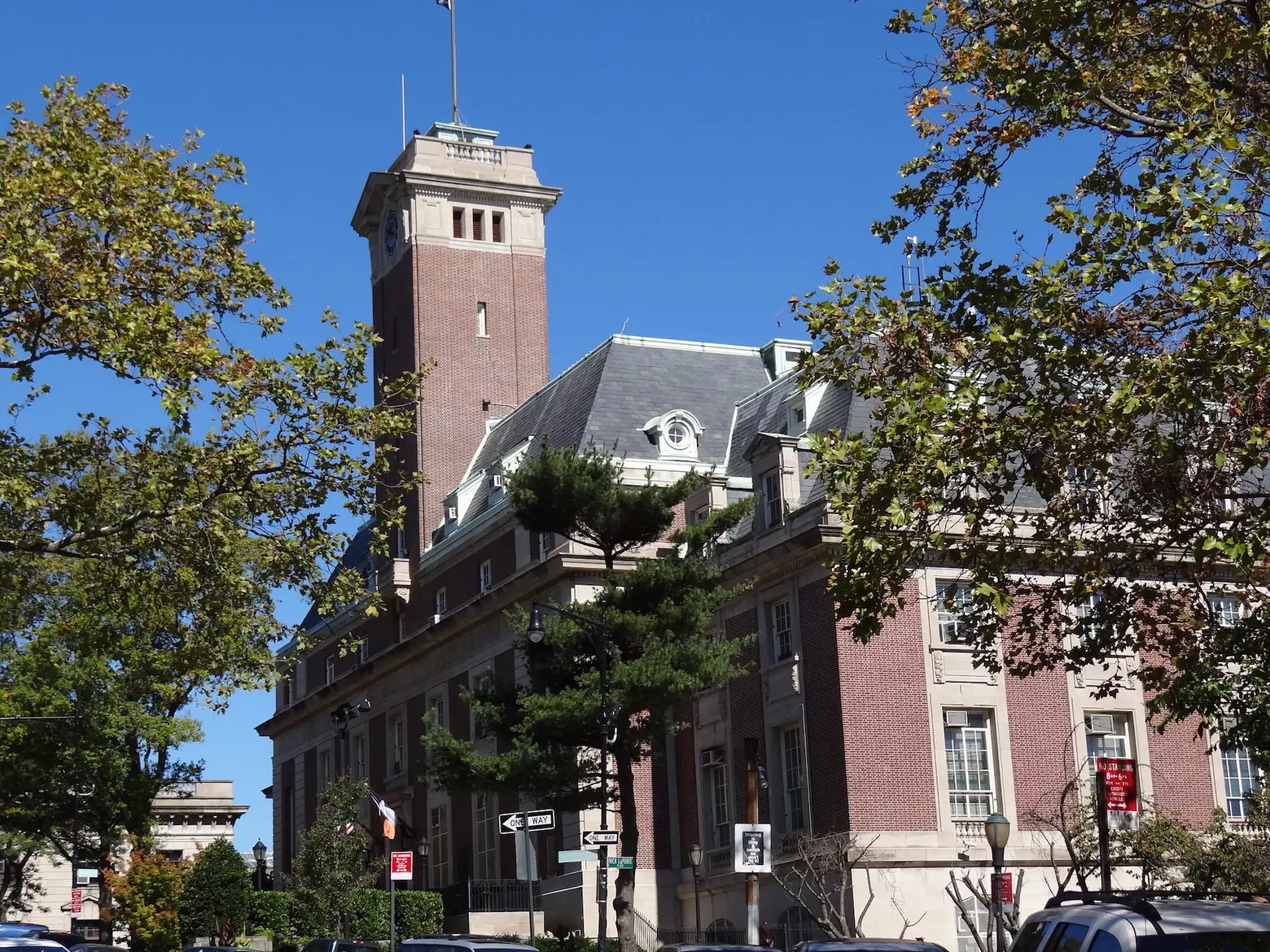
Staten Island Borough Hall, photo by Shannon McGee on Flickr
14. Staten Island Borough Hall
The exterior of Staten Island’s Borough Hall, a New York City Landmark, features beautiful French Renaissance designs and a high clock tower. Designed by architects Carrere & Hastings between 1904 and 1906, the three-storied, brick structure includes government offices, like the borough president’s office. Despite the historic exterior design, it’s actually inside of the building that makes it worth a visit. The marble lobby in the 100-year-old government building features Depression Era bas-reliefs and murals that show moments in Staten Island history. The murals were painted in 1940 by artist Frederick Charles Stahr.
15. Flagship Brewery and Staten Island Beer Company
After all of that sight-seeing, you’ll probably want a beer or two. The good news? Staten Island’s brewing roots run deep. Before hipster breweries could be found everywhere, SI’s Stapleton was once home to Atlantic Brewery, established in 1871. It later turned into Rubsam & Hormann Atlantic Brewery (R&H). Piels Brewery of Brooklyn bought R&H in 1953 and it then closed in 1963. After that, Staten Island went through a brewery dry spell.
Thankfully, the borough is home to some great breweries once again. Flagship Brewery, whose promotional tagline is “unforgettable beer brewed in the Forgotten Borough,” can be found in Tompkinsville. The brewery offers communal tables, good music and with no reservation needed. Flagship also provides tours of its brewery for just $5 per person on Saturday afternoons, which includes a tasting.
Staten Island Beer Company, which began in a basement by an experimental home-brewer, is a family-operated business in Mariners Harbor. Since opening, a variety of new beers are available, like a summer ale and a pale ale, with eleven beers on tap. Find the brewery near Mariners Harbor at 20 Kinsey Place and let their “beer cure what ales you.”
Bonus: Sri Lankan Art & Cultural Museum
Not only is this museum, which recently opened in March, the first Sri Lankan Museum outside of Sri Lanka, but it was also started by an 18-year-old girl, Julia Wijesinghe. The non-profit can be found in the basement of Lakruwana restaurant, the first Sri Lankan-themed restaurant in the United States. Works on display include artwork, Buddha statues and many other culturally significant, historical items. With help from her father, who owns the restaurant, Julia began the collection, having items shipped from Sri Lanka to New York in a 20-foot shipping container (h/t Untapped Cities). Find the first-of-its-kind museum at 668 Bay Street in Staten Island.
RELATED:
